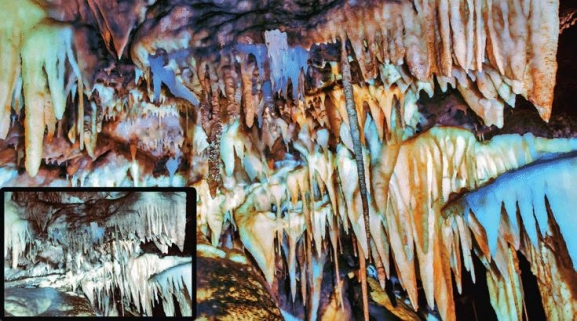 HKU Department of Earth Science
HKU Department of Earth Science
Seminar

Laser Fluorescence: Discoveries from Fossils to Caves to Mars
-
Date
October 23,2019
-
Time
2:30PM
-
Venue
JL104
-
Speaker
Thomas G. Kaye Foundation for Scientific Advancement, Arizona, USA
Collaboration between HKU and the Foundation for Scientific Advancement has led to the unique development of laser instrumentation capable of large scale geologic analysis at kilometer scales to the parts per million level. The advent of powerful near UV l asers and low light cameras has allowed the study of fluorescence of hard to fluoresce geologic specimens ranging from the smallest fossil to cliff faces. The science team has produced papers from fossil specimens in museums for over 100 years that showed new data under this instrumentation. They developed the ability to fluoresce entire underground caverns showing relationships between growth and development of calcite formations previously unknown. Most recently they have flown a fully autonomous drone, a t night, using a laser to scan the ground identifying everything from unusual geology to fossils. The use of dual wavelength lasers in “spectroscopy mode” is just now illuminating mineral contaminants as being either organic or inorganic at the parts per million level. This all leads to the question “what could a laser do on Mars” which will be demonstrated throughout this talk.
Thomas G. Kaye is a paleontologist and astronomer from Arizona, USA. For nearly a decade he has been bringing the sophisticated im age processing of astrophysics to paleontology. He most recently published on such diverse topics as the first fossil feather ever found and the disintegration of an asteroid around a white dwarf star. He is visiting HKU to deliver a high pressure and temp erature system that he developed to simulate deep burial of fossils in order to study organic degradation.
